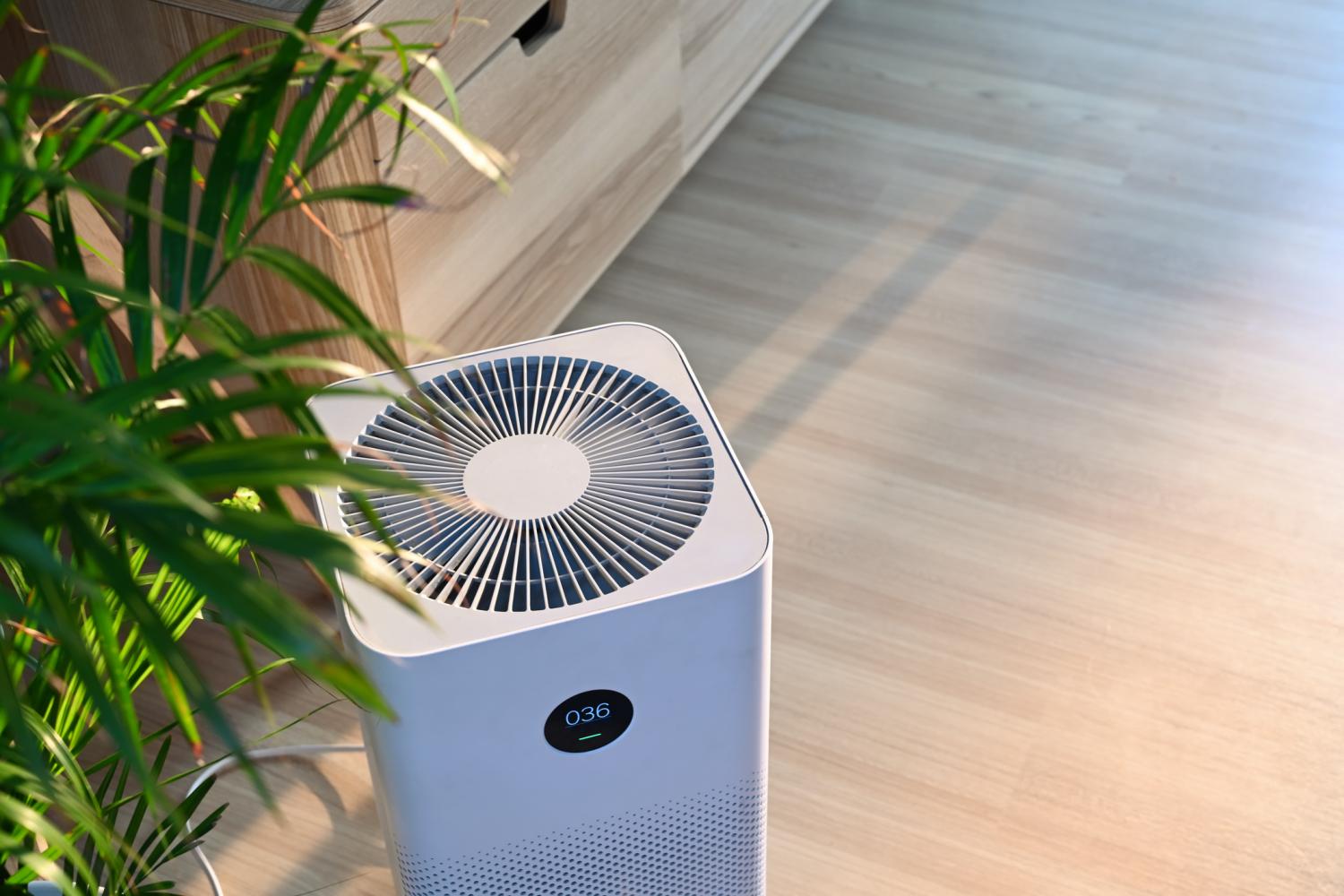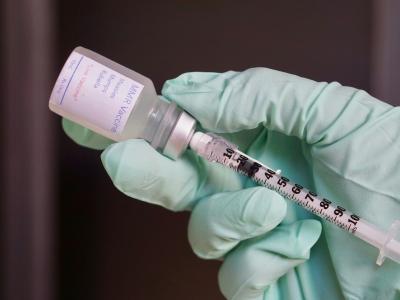Although many studies on air-cleaning technologies conclude that they prevent the indoor spread of respiratory viruses such as SARS-CoV-2 and influenza, only a small fraction examine whether they reduce human infections or identify potential harmful emissions, finds a scoping review published today in the Annals of Internal Medicine.
Researchers from the University of Colorado (UC) School of Medicine and the National Institute for Occupational Safety and Health (NIOSH) analyzed 672 primary studies published from 1929 to 2024 on the effects of engineering infection-control interventions designed to remove viruses from the air.
The COVID-19 pandemic heightened interest in these technologies, which include high-efficiency particulate air (HEPA) filters, germicidal ultraviolet (GUV) lights, ionizers, and advanced filtration systems found in many homes, healthcare facilities, schools, and businesses.
"Many of these technologies look promising on paper but we just don’t know if they work in the real world," lead author Amiran Baduashvili, MD, of UC, said in a university news release. "People are buying and installing these systems in homes and schools hoping to protect themselves and their families but the science hasn't caught up to the marketing."
Only 8% included human participants
Of the 672 studies on a total of 1,073 interventions, 90% evaluated environmental samples only, only 8% included human participants, and 1% were based on sentinel animals. No studies reported pregnant women, fetus health, or postpartum populations. A total of 60% of studies analyzed at least one intervention classified as pathogen inactivation, with 30% involving pathogen removal or air exchange or dilution, and 21% on air exchange or dilution.
In total, 51 were observational studies, and six were randomized controlled trials. Studies were from all six World Health Organization regions, including the Americas (41%), Europe (25%), and the Western Pacific (25%). Three studies were from Africa.
Most environmental studies were conducted in scaled or full-sized chambers. Other common settings were real-world or simulated healthcare facilities, schools, other workplaces, transportation conveyances, and residential buildings.
Of all studies, 49% measured viable harmless microbes from air samples, followed by nonbiological particulate matter (eg, tracer gases, dust; 29%), and disease-causing viruses or bacteria (22%). Potential lung irritants (eg, ozone) that can be produced by ionizers, plasma-based technologies, and some UV systems were measured only rarely.
No studies measured quality of life or functioning, sustainability (eg, carbon footprint, greenhouse gas emissions), or economic analysis.
Funding statements were unclear or unreported in 23% of studies. Of those with funding statements, 30% had multiple funding types. Most (66%) reported government funding. Conflict of interest (COI) statements were absent or unclear in 45%. In 291 studies, no authors included a COI statement. In the remaining 77 studies, 40% reported at least one COI.
Research on real-world health outcomes needed
"We were surprised to find that most of the research tested air cleaning devices in lab chambers, not in real-world settings where people live, work or go to school," Lisa Bero, PhD, of UC, said in the release. "We need stronger studies that look at actual health outcomes, whether people are actually exposed to fewer pathogens or get sick less often, and not just measurements of particles in the air."
Coauthor Louis Leslie, of UC, said, "Ozone and other chemicals created by some air-cleaning devices can actually harm the respiratory system, especially in children or people with chronic respiratory illnesses."

















